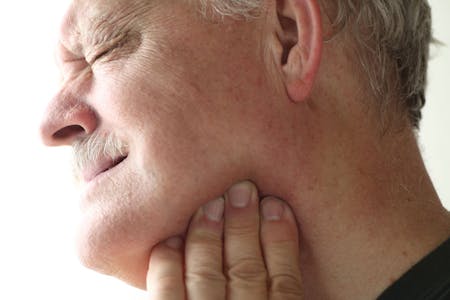
The temporomandibular joint (TMJ) is the joint that connects your jaw to your skull, acting like a hinge to allow your jaw to move up and down, side to side, and perform regular daily movements such as talking, eating, chewing and yawning. Like any other joint in your body, your TMJ is susceptible to wear and tear or degeneration which can lead to pain and inability to tolerate normal everyday movements or activities. Factors that can lead or contribute to pain in your TMJ include poor postural habits, dysfunction of the cervical spine (neck region), abnormal dental alignment, and activities causing overuse such as clenching of teeth, grinding of teeth or nail biting. Symptoms of Temporomandibular Dysfunction (TMD) can include pain in the jaw and/or surrounding muscles, neck pain and/or headaches.
Examination involves a thorough assessment of the TMJ as well as an examination of the cervical spine due to a common correlation in symptoms and dysfunction between these two regions. Treatment is aimed at normalizing the relationship between the skull, jaw and cervical spine, as well as surrounding musculature, in order to restore proper joint mechanics of the TMJ, with the intention of decreasing pain in the process.
